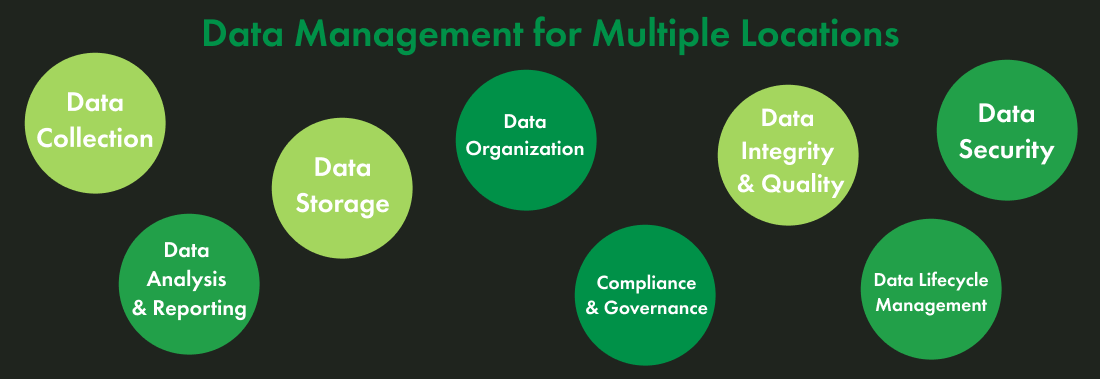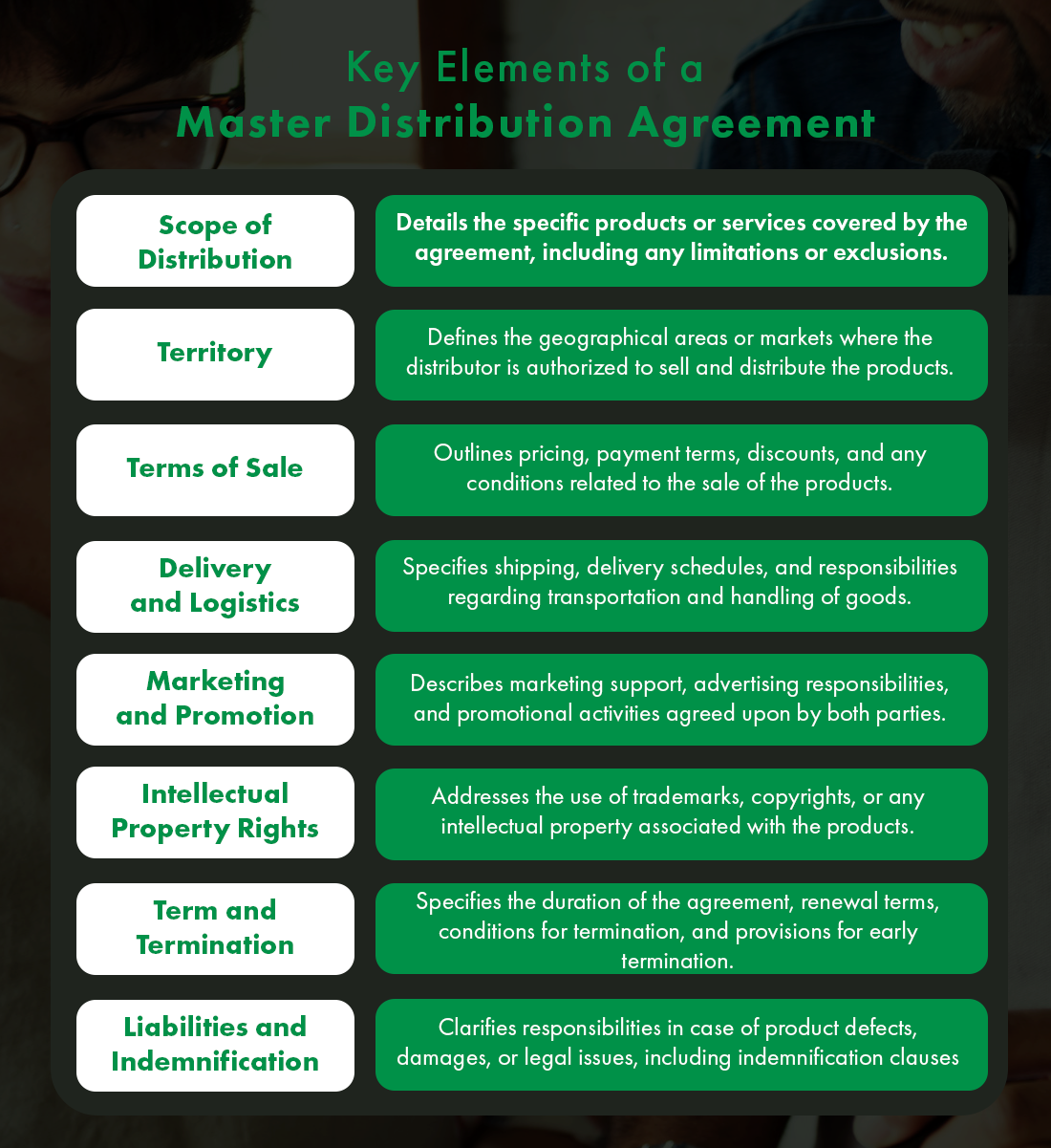Fresh Solutions: The Key to Produce Management
For multi-unit restaurant operators, maintaining consistency, quality and freshness across all your locations is a constant battle.
At Consolidated Concepts, we understand the unique challenges you face in produce management, and that’s why we offer a suite of Fresh Solutions designed to streamline your operation, elevate your menu offerings, and empower you to focus on what matters most – your customers.

Fresh, high-quality ingredients are the cornerstone of a thriving restaurant. They elevate your dishes beyond the ordinary, but their impact goes far deeper than just taste. Here’s how fresh produce contributes to your overall success:
Customer Satisfaction:
Diners today are becoming increasingly discerning. They crave food made with fresh, seasonal ingredients. They can taste the difference between a dish crafted with vibrant, flavorful produce and one made with tired, out-of-season options. By prioritizing freshness, you create a culinary experience that keeps customers coming back for more, satisfied and eager to try your next seasonal offering.
Competitive Edge:
In today’s crowded market, fresh ingredients can be a powerful differentiator. Highlighting your commitment to quality produce sets you apart from the competition. Consumers are willing to pay a premium for food they know is made with care and attention to detail. Promoting your dedication to fresh produce positions your brand as one that prioritizes quality and elevates the dining experience.
Enhanced Brand Reputation:
Freshness isn’t just about taste; it’s about perception. When you prioritize fresh ingredients, you cultivate a reputation for quality and excellence. This translates to positive word-of-mouth recommendations, increased brand loyalty, and a stronger position in the market. Customers become advocates for your restaurant, spreading the message of your commitment to fresh, delicious food.
Improved Menu Versatility:
Fresh, seasonal produce opens a world of culinary possibilities. By incorporating seasonal ingredients, you can create dynamic menus that keep your offerings exciting and innovative. This allows you to capitalize on peak flavor and freshness, while also catering to customer preferences for seasonal fare. Fresh Solutions can help you develop these dynamic menus. This keeps your offerings exciting and showcases the best of what each season has to offer.

Managing fresh produce across multiple locations can be a complex undertaking. Here are some common challenges multi-unit operators face:
Consistency and Quality Control:
Maintaining consistent quality across multiple locations is a constant battle. Slight variations in produce freshness, ripeness, or even size can significantly impact the taste and presentation of your dishes.
This inconsistency can lead to customer dissatisfaction and damage your brand reputation. Imagine a customer who loves your signature salad at one location, only to be disappointed by a lackluster version at another. With Fresh Solutions, we help ensure every plate leaving your kitchen features ingredients that meet your exact quality standards.
Supply Chain Logistics:
Juggling deliveries from multiple vendors, coordinating schedules across different locations, and ensuring everything arrives on time and in good condition can be a logistical nightmare.
Factor in unexpected delays, weather disruptions, or fluctuating product availability, and the complexity grows exponentially. Fresh Solutions offers a National team of Produce Support Specialists who are responsible for monitoring your locations in each market. Our Produce Support Specialists provide a single point of contact to help your team coordinate deliveries and manage recurring quality issues, saving you valuable time and resources.
Inventory Management:
Striking the perfect balance between over-ordering and under-ordering produce is a constant challenge. Overstocking leads to waste, impacting your bottom line through spoilage and unnecessary expenditure.
Understocking, on the other hand, can result in stockouts and frustrated customers who can’t get their favorite dishes. Fresh Solutions offers weekly and monthly usage reporting that can help you optimize inventory control. This ensures you always have the ingredients you need on hand. Our dedicated account managers will help you analyze your produce usage and spend to make sure you are ordering the correct pack sizes, at the correct frequencies.
Seasonal Variability:
Seasonal changes can wreak havoc on your menu planning and budgeting. The availability of certain fruits and vegetables fluctuates throughout the year, and prices can soar during off-seasons. This can force you to adjust your menu or take a hit on your profit margins.
Consolidated Concepts’ Produce expertise in seasonal menu creation and established relationships with diverse vendors help you navigate these fluctuations by offering creative menu solutions and sourcing options to keep your offerings fresh and your costs under control. Fresh Solutions also provides Industry Updates, Commodity Forecasts and weekly Market Reports to help you stay ahead of the changing market.
Vendor Relationships:
Building strong, reliable relationships with high-quality produce growers is essential for long-term success. These relationships ensure consistent access to fresh ingredients, competitive pricing, and open communication to address any concerns.
Consolidated Concepts’ vast network through Fresh Solutions gives you access to a pre-vetted pool of trusted vendors, saving you time and effort in sourcing reliable partners.
Food Safety:
Ensuring the proper handling and storage of fresh produce is paramount to prevent foodborne illnesses. Improper practices can not only put your customers at risk but also lead to costly closures and brand damage.
Fresh Solutions provides recall alerts, insights, educational resources, and support to help your staff implement proper food safety protocols, giving you peace of mind and protecting your customers.

Consolidated Concepts offers a comprehensive suite of Fresh Solutions to address these pain points and elevate your produce management experience. Here’s what we offer:
Fresh Concepts:
Fresh Concepts provides fresh management services for foodservice clients throughout North America focusing on full-service restaurants, emerging brands, casinos, hospitality, & universities.
Produce Alliance:
Produce Alliance empowers foodservice operators with comprehensive fresh produce solutions. We handle procurement, national distribution, information services, and food safety assurance, streamlining your operations and ensuring the highest quality ingredients.

By partnering with Consolidated Concepts and our Fresh Solutions, you can streamline your produce management process, ensure consistent quality, and delight your customers with fresh, delicious dishes.
Contact us today to learn more about how Fresh Solutions can help you take your multi-unit operation to the next level.
Bonus Tip! For a deeper dive into how Fresh Solutions can revolutionize your produce management, check out this insightful blog from Buyers Edge Platform: The Buyers Edge Platform Approach to Fresh Solutions




































